Government Regulations and Standards
Government regulations and standards play a crucial role in shaping the automotive intelligent-lighting-system market. Regulatory bodies are increasingly mandating the adoption of advanced lighting technologies to enhance road safety and reduce energy consumption. For instance, new regulations may require vehicles to be equipped with adaptive lighting systems that improve visibility and reduce glare for oncoming drivers. Compliance with these regulations is driving manufacturers to innovate and upgrade their lighting systems, thereby expanding the automotive intelligent-lighting-system market. As these standards evolve, they are likely to create new opportunities for growth and development within the industry.
Rising Demand for Enhanced Safety Features
The automotive intelligent-lighting-system market is experiencing a notable surge in demand for enhanced safety features. As consumers become increasingly aware of road safety, manufacturers are integrating advanced lighting technologies that improve visibility during night driving and adverse weather conditions. According to recent data, vehicles equipped with intelligent lighting systems can reduce accident rates by up to 30%. This growing emphasis on safety is driving automakers to invest in innovative lighting solutions, thereby expanding the automotive intelligent-lighting-system market. Furthermore, regulatory bodies are also advocating for improved lighting standards, which further propels the adoption of these systems in new vehicle models.
Focus on Sustainability and Energy Efficiency
The automotive intelligent-lighting-system market is increasingly focusing on sustainability and energy efficiency. With growing environmental concerns, manufacturers are prioritizing the development of lighting systems that consume less energy and have a lower carbon footprint. LED technology, for instance, is known for its energy efficiency, using up to 75% less energy than traditional lighting solutions. This shift towards sustainable practices is not only beneficial for the environment but also aligns with consumer preferences for eco-friendly products. As a result, the automotive intelligent-lighting-system market is likely to expand as manufacturers innovate to meet these sustainability goals.
Increasing Consumer Preference for Customization
The automotive intelligent-lighting-system market is witnessing a shift towards customization as consumers seek personalized vehicle features. This trend is particularly evident among younger demographics who prioritize unique aesthetics and functionality. Customizable lighting options, such as color-changing LEDs and dynamic light patterns, are becoming popular. This consumer preference is prompting manufacturers to offer more versatile lighting solutions, which could potentially increase market share. As a result, the automotive intelligent-lighting-system market is likely to grow as companies respond to this demand for tailored experiences, enhancing customer satisfaction and brand loyalty.
Technological Advancements in Lighting Solutions
Technological advancements are significantly influencing the automotive intelligent-lighting-system market. Innovations such as LED and laser lighting technologies are becoming more prevalent, offering superior brightness and energy efficiency compared to traditional halogen lights. The market for LED automotive lighting is projected to reach approximately $30 billion by 2026, indicating a robust growth trajectory. These advancements not only enhance the aesthetic appeal of vehicles but also improve functionality, such as adaptive lighting that adjusts to driving conditions. As manufacturers continue to innovate, the automotive intelligent-lighting-system market is likely to expand, driven by consumer demand for cutting-edge technology.




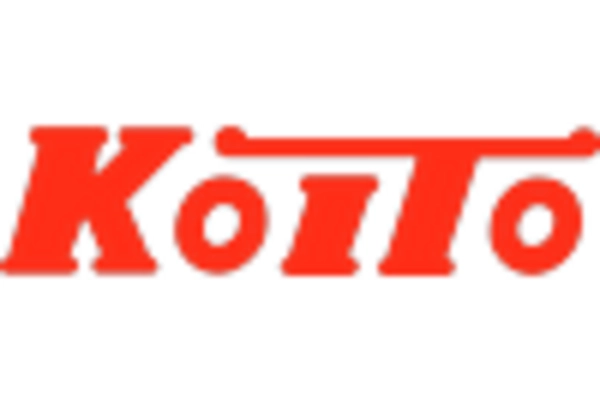
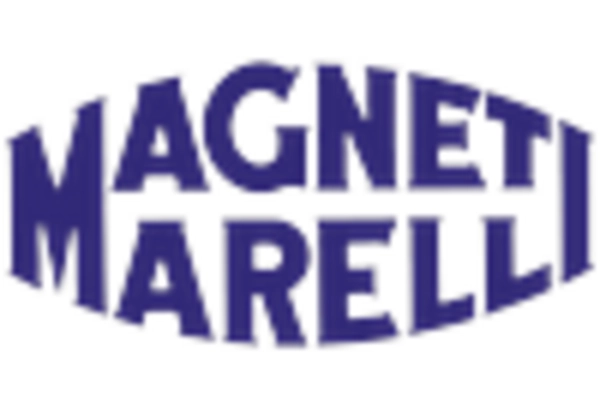
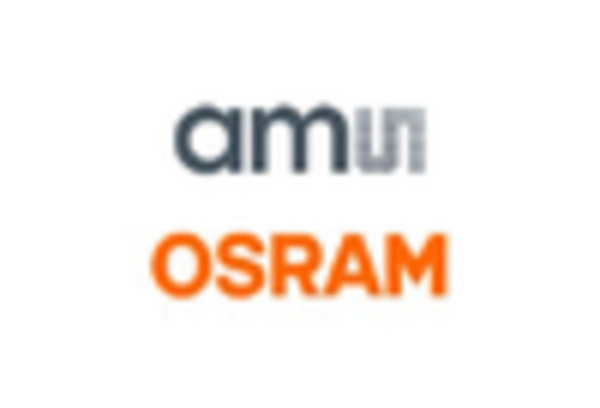
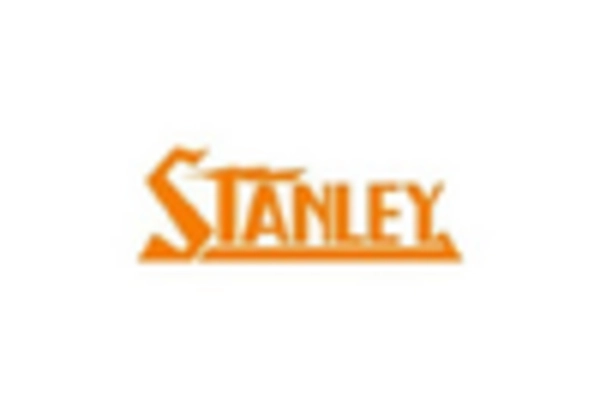
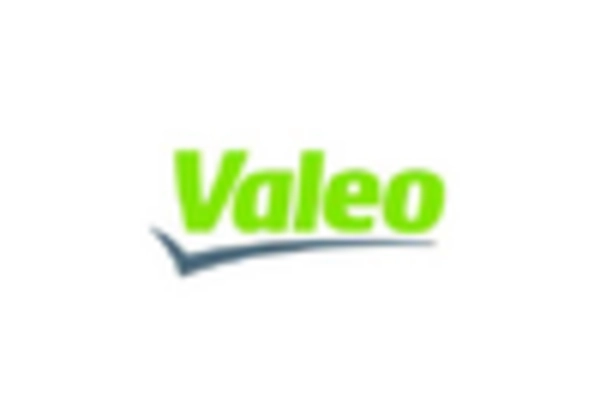








Leave a Comment